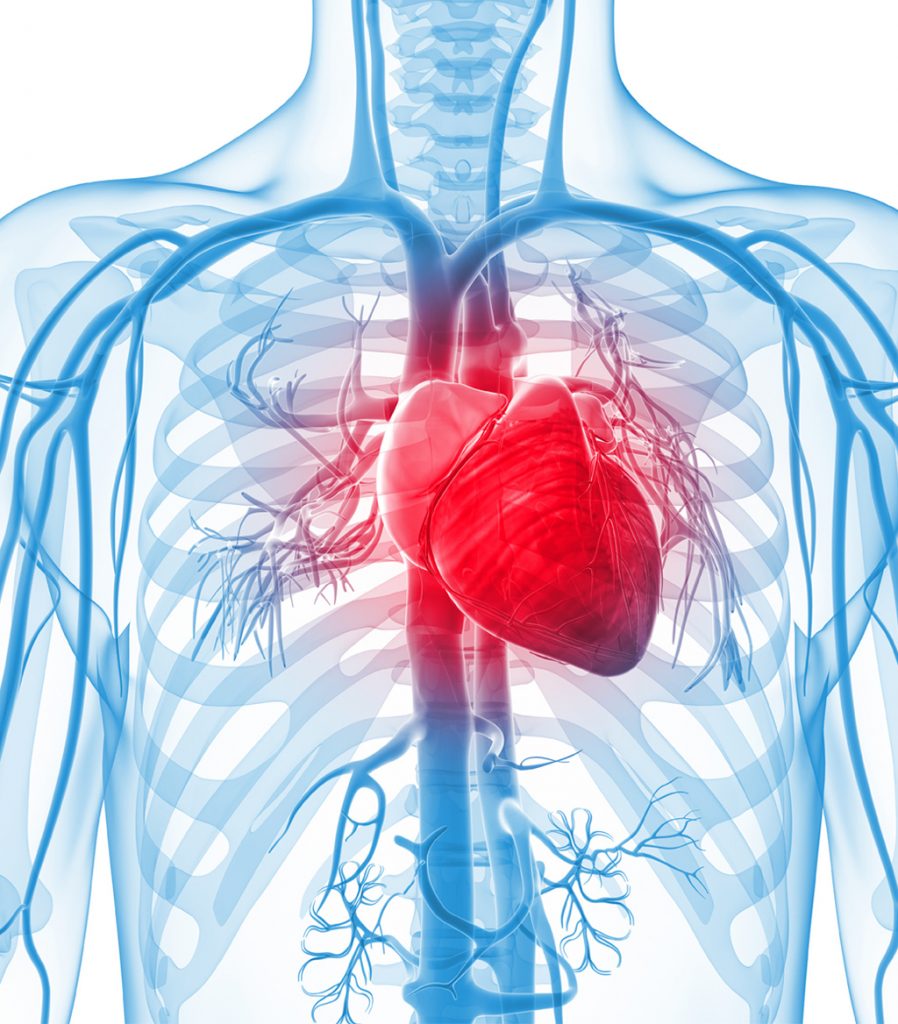Coronary artery disease (CAD) is the single greatest cause of death in both men and women of several countries, says Dr Eric Hong. It is caused when a build-up of fatty material, known as plaque, blocks the arteries that supply blood and oxygen to your heart, leading to symptoms like chest pain and even heart attacks.
People with a strong family history of the disease can have an accelerated build-up of plaque, even at a younger age.

How can CAD be detected?
Patients with suspected CAD can undergo a CT scan to identify significant coronary artery blockages. However, this test may not be suitable for some patients with allergies to iodinated contrast, kidney impairment or very calcified coronary arteries.
Alternatively, there are the other non-invasive cardiac imaging modalities, such as myocardial perfusion imaging (MPI ), which has emerged as one of the most important and cost-effective tests for detecting CAD
What is MPI?
Unlike a CT scan, MPI measures and compares the coronary blood flow to the heart at rest and during stress (through exercise or by pharmaceutical means for patients who have difficulty exercising).
Trace amounts of radioactive material are injected into the bloodstream, before special cameras are used to detect areas in your heart that may receive less blood flow. This accurately assesses the significance of any blockages, and risk of CAD and heart attack on a individual basis.
This test is also suitable for diabetic patients, patients with renal dysfunction and even those who have undergone renal transplantation, and patients who have undergone coronary stenting or cardiac bypass surgeries.
What are the advantages of using MPI?
It provides highly accurate measurements of heart perfusion, function and myocardial scarring, and allows the doctor to better prescribe appropriate cardiac medicine and select or avoid further invasive testing, if necessary.
MPI has played an important role in optimizing medical therapy regimes, aiding cardiologists in revascularising appropriate targeted coronary territories and preventing unnecessary revascularisation with percutaneous coronary stenting or heart bypass surgery.







